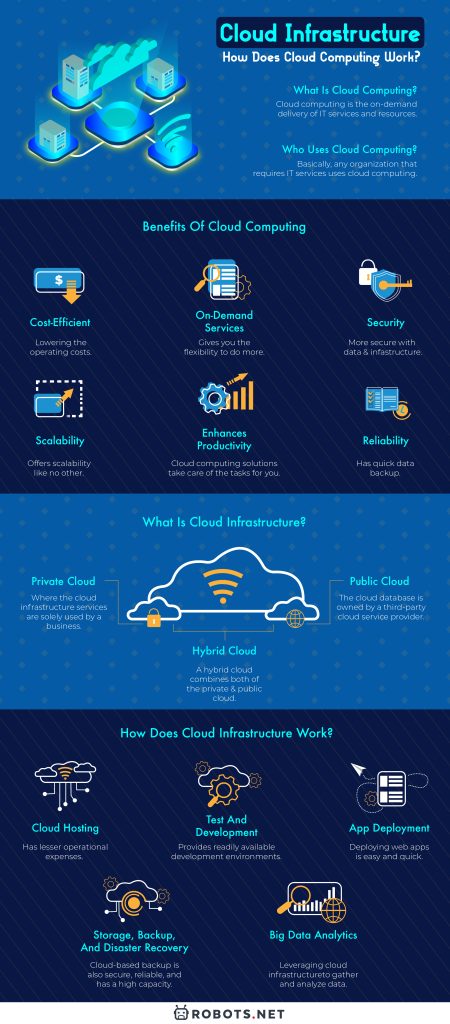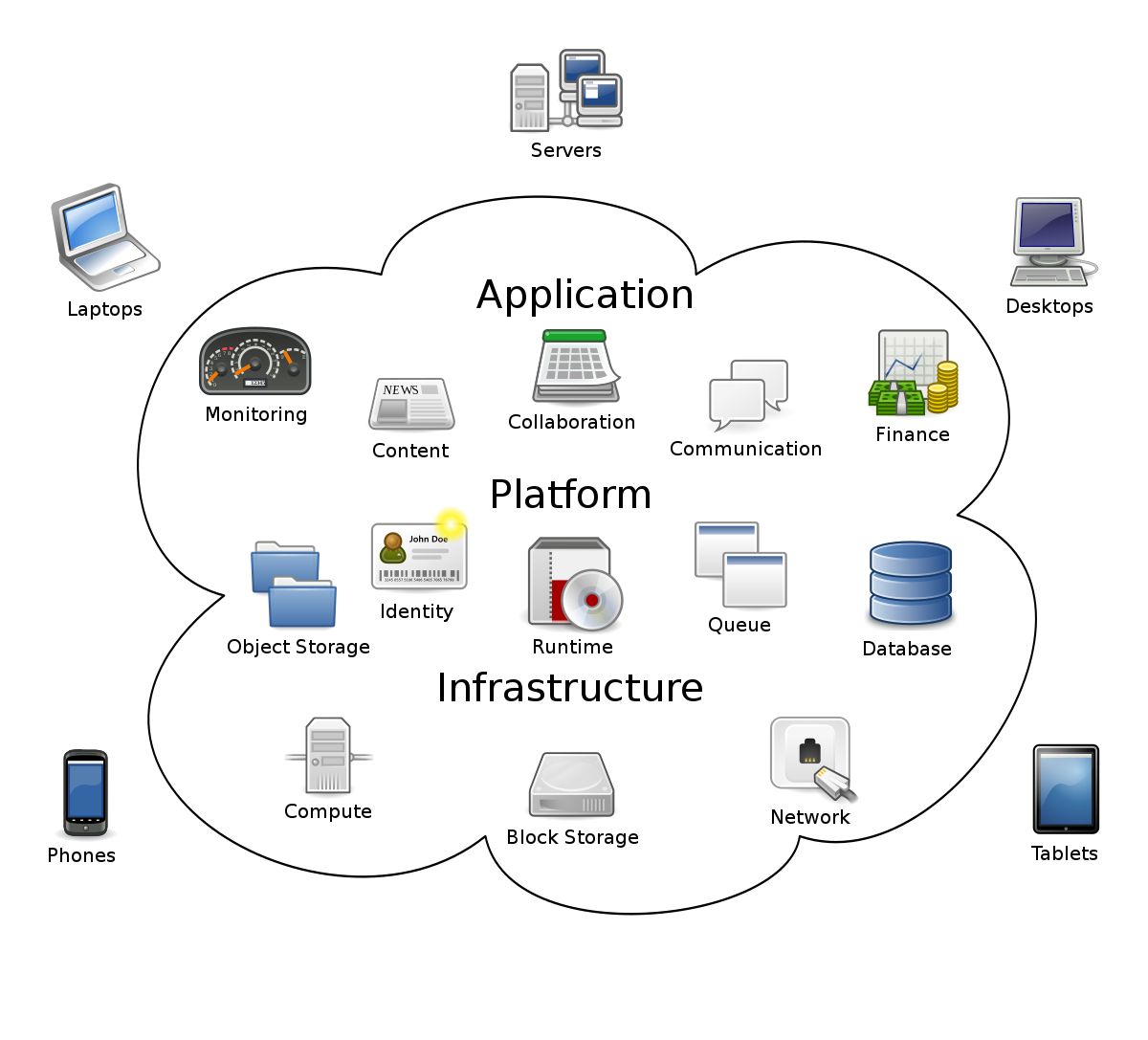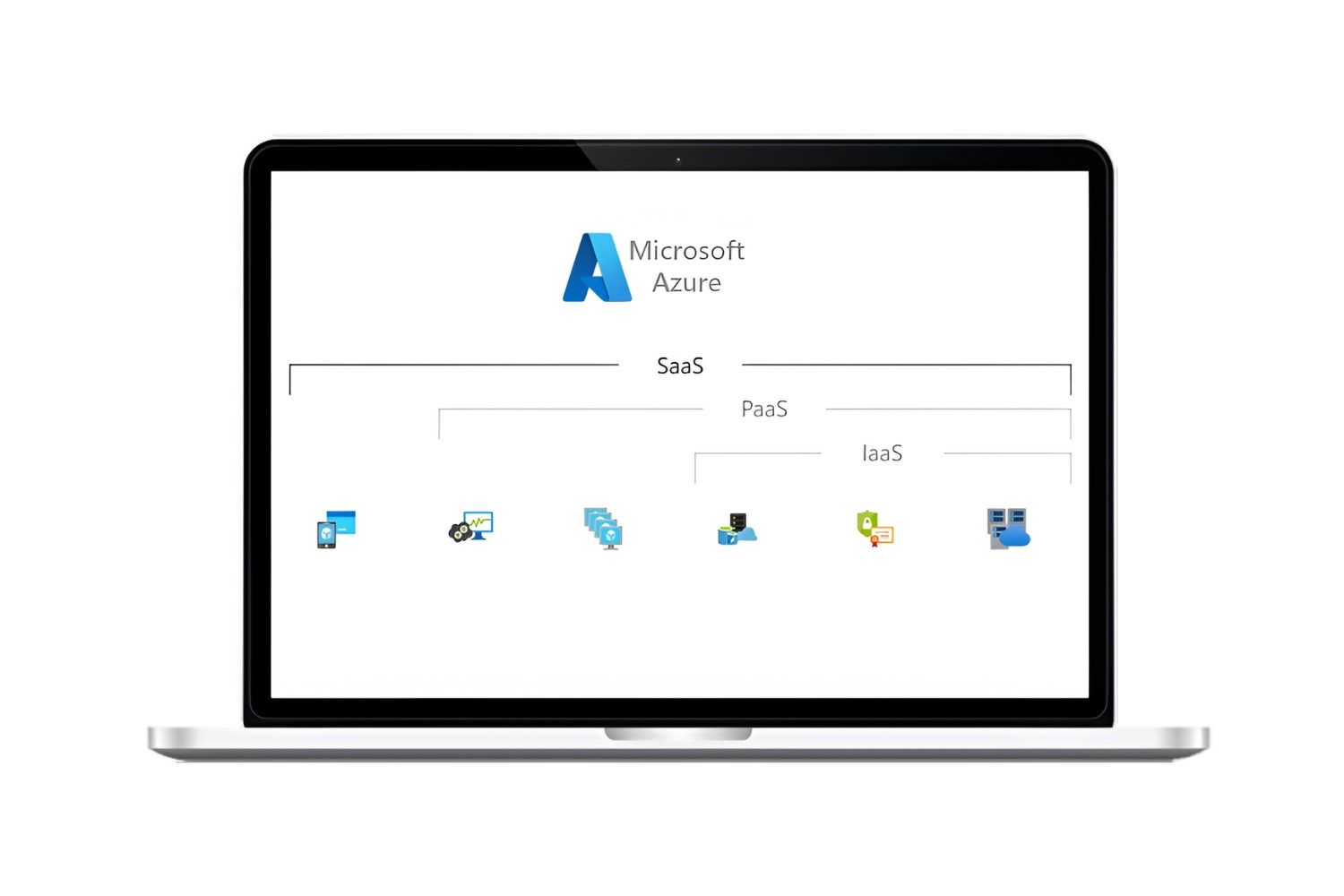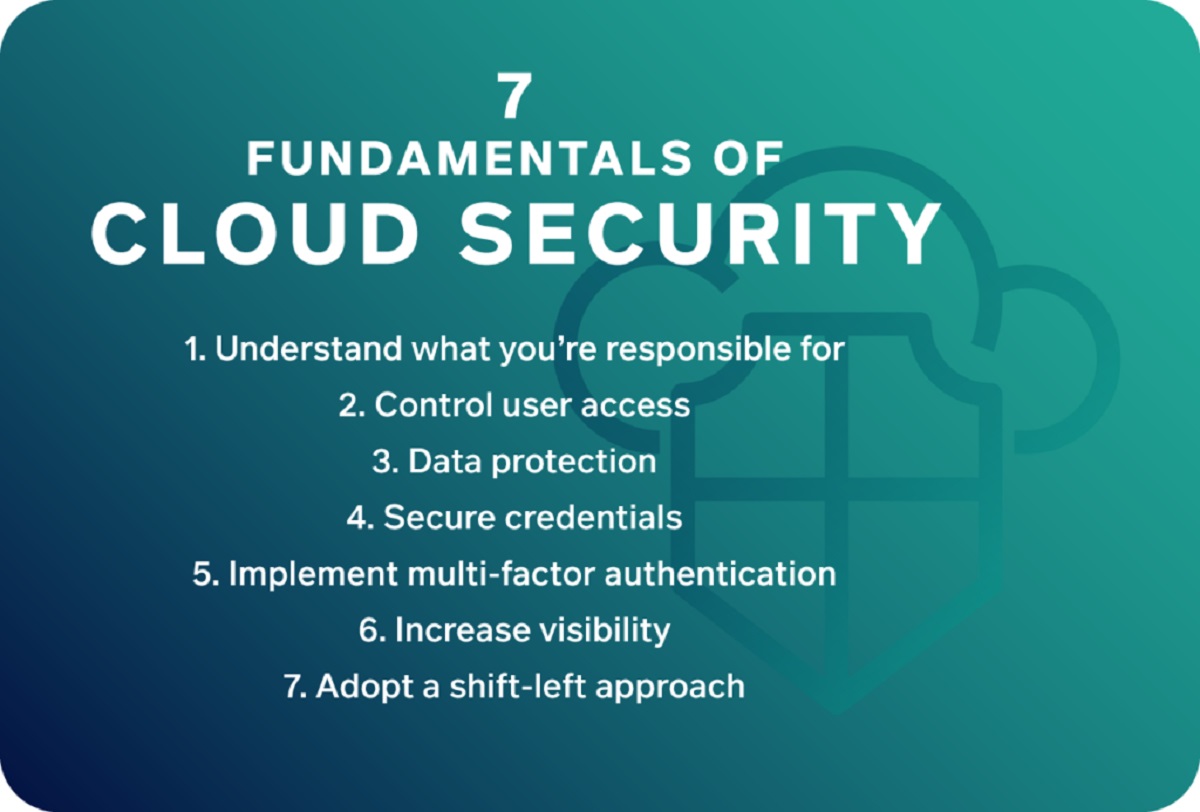For many industries, data is everything. Whether it’s extracting information, analyzing patterns to derive meaningful information, storing and accessing files securely, or deploying applications, a cloud infrastructure can be used for these and more.
In this article, we will discuss what cloud computing is, describe the cloud infrastructure, and explain how it works.
What Is Cloud Computing?
Cloud computing is the on-demand delivery of IT services and resources, such as servers, software, databases, storage, analytics, and networking. The ‘cloud’ refers to the Internet, where these services are delivered on a pay-per-use basis. Therefore, you will only be paying for the cloud services that you actually use.
Who Uses Cloud Computing?
Banking institutions use it for data storage and fraud detection, retail companies use it to analyze consumers’ buying patterns, healthcare providers use it to create personalized treatments to patients, gaming developers use it to deploy their online games – basically any organization that requires IT services uses cloud computing.


What Are The Benefits Of Cloud Computing?
Cloud computing has offered great benefits to organizations that use IT services. Here are the reasons why cloud computing is a great solution for businesses and organizations:
Cost-efficient
One of the greatest benefits of cloud computing is lowering the operating costs. Since you’ll only be paying for the services you use, it eliminates the expenses of paying for unnecessary resources. Plus, there is no need to purchase hardware and software, maintain datacenters, and pay for manpower.
Fast, on-demand services
Cloud computing allows you to access technologies and resources in a matter of minutes. It gives you the flexibility to do more with your business without the time pressure. You can get cloud computing services as you need them with just a few clicks.
Security
Unlike physical datacenters, cloud computing is much more secure with data and infrastructure. Moreover, it can be used for security purposes in your business, such as fraud detection and prevention.


Enhances productivity
Since cloud computing is delivered over the Internet, you won’t need to setup and maintain any hardware and software. Cloud computing solutions take care of these tasks for you, so you and your team can focus on more important activities.
Scalability
Cloud computing also offers scalability like no other. With cloud computing infrastructures around the world, you can deploy globally wherever and whenever the IT resources are needed. Plus, you can use the resources that you only need, and scale these up or down according to your business’s current needs.
Reliability
Physical datacenters require a robust disaster recovery preparation in case anything goes wrong. Cloud computing, on the other hand, has quick data backup, making disaster recovery easier and allows your business to continue with zero downtime.
What Is Cloud Infrastructure?
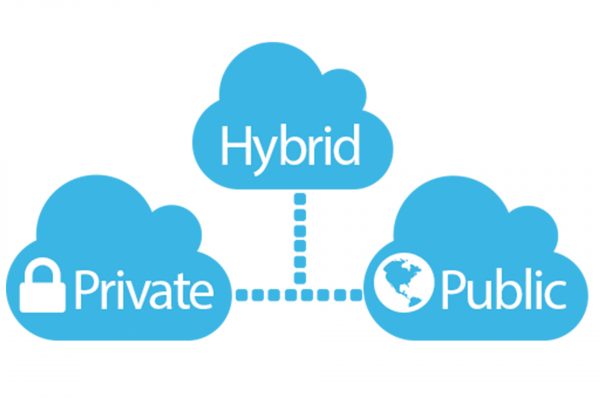

To help you understand how cloud computing works, it’s important to understand its infrastructure.
The cloud infrastructure refers to the hardware and software components used to deliver services through the IaaS model. This includes servers, storage, network, and security.
Cloud infrastructure is present in three types of cloud computing models, which are the following:
Private cloud
A private cloud is where the cloud infrastructure services are solely used by a business or organization. It can be housed in their own datacenter or hosted by a third-party service. Organizations can also customize its environment to meet their specific needs. Some examples of those who use a private cloud are government agencies and financial institutions.
Public cloud
In a public cloud, the cloud database is owned by a third-party cloud service provider. This means that you share the same hardware, storage, network, and other cloud computing infrastructure services with other organizations. You can access the services via a web browser using your account. Some examples of cloud service providers are Amazon Web Services, Microsoft Azure, IBM, and Google Cloud Platform.
Hybrid cloud
A hybrid cloud combines both of the abovementioned models. It uses the on-premise cloud infrastructure of a private cloud with the public cloud so organizations can benefit from both types. You can use the private cloud infrastructure for stronger security while using the public cloud infrastructure for global scalability. Transitioning from one model to another is seamless with a hybrid cloud.
What Is “Cloud Infrastructure As A Service” (Iaas)?
Infrastructure as a service, or simply known as IaaS, lets you rent from a public cloud service provider.
Most organizations use IaaS since it functions on a pay-per-use basis. Thus, you won’t have to pay for what you’re not using. You can easily scale it up and down on-demand, depending on your organization’s needs.
How Does Cloud Infrastructure Work?
Cloud hosting


Unlike traditional web hosting, running a website through a cloud infrastructure has lesser operational expenses. You’ll only be paying for the storage space that you are actually using rather than paying upfront for a fixed storage space.
Test and development
Cloud infrastructure provides readily available development environments to speed up testing and development. This will help developers introduce their app to the market faster.
App deployment
Deploying web apps is easy and quick using cloud IT infrastructure. Cloud service providers have the necessary storage, servers, and networks at your disposal. Furthermore, you can easily scale the infrastructure up or down depending on the app’s performance.
Storage, backup, and disaster recovery
You can easily store and access data with a cloud infrastructure. Cloud-based backup is also secure, reliable, and has a high capacity. And if anything goes wrong, disaster recovery is fast and cost-effective.
Big data analytics
Various industries are also leveraging cloud infrastructure to gather and analyze data. It can be used to spot patterns and trends, derive meaningful information from them, and use it to implement solutions.
